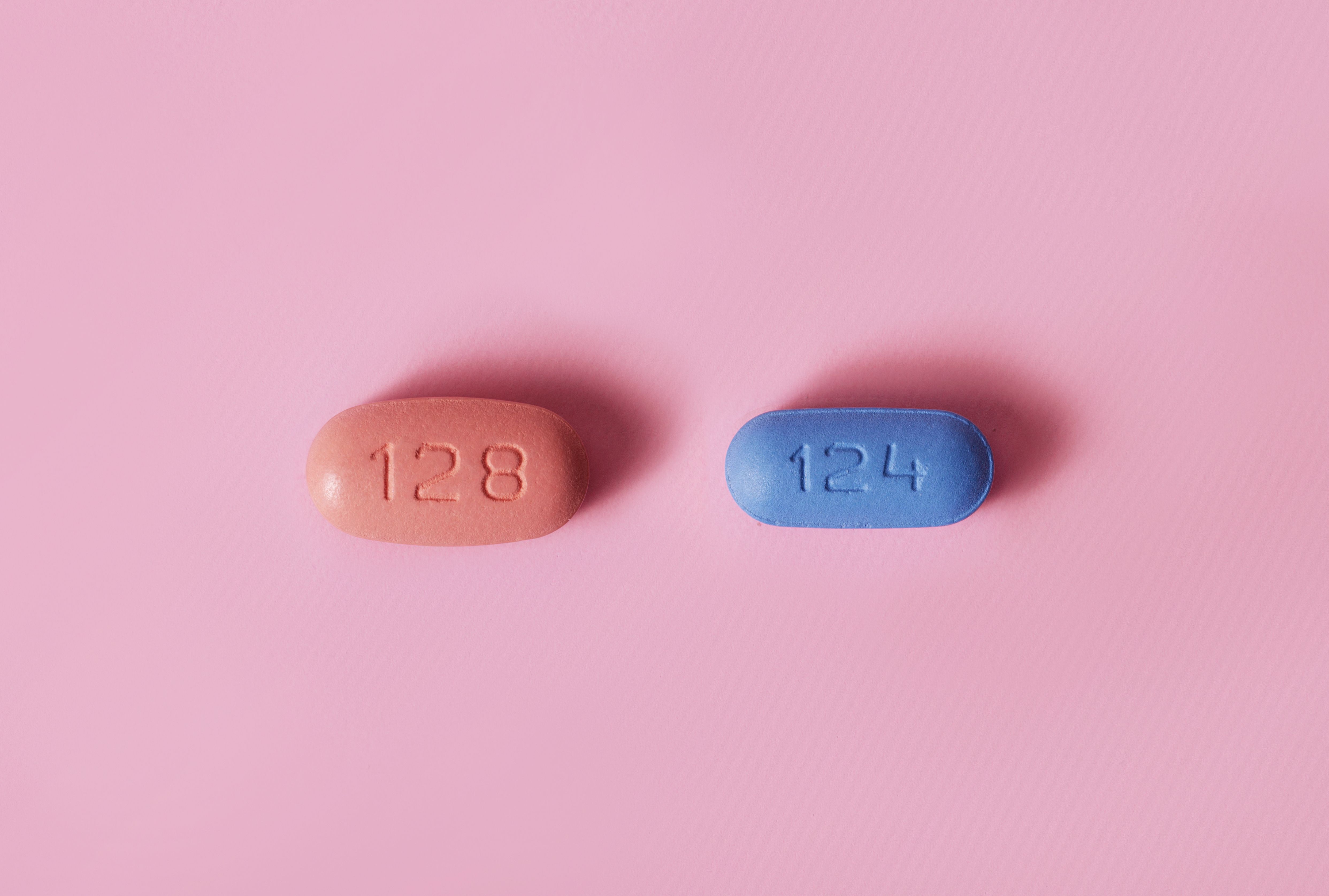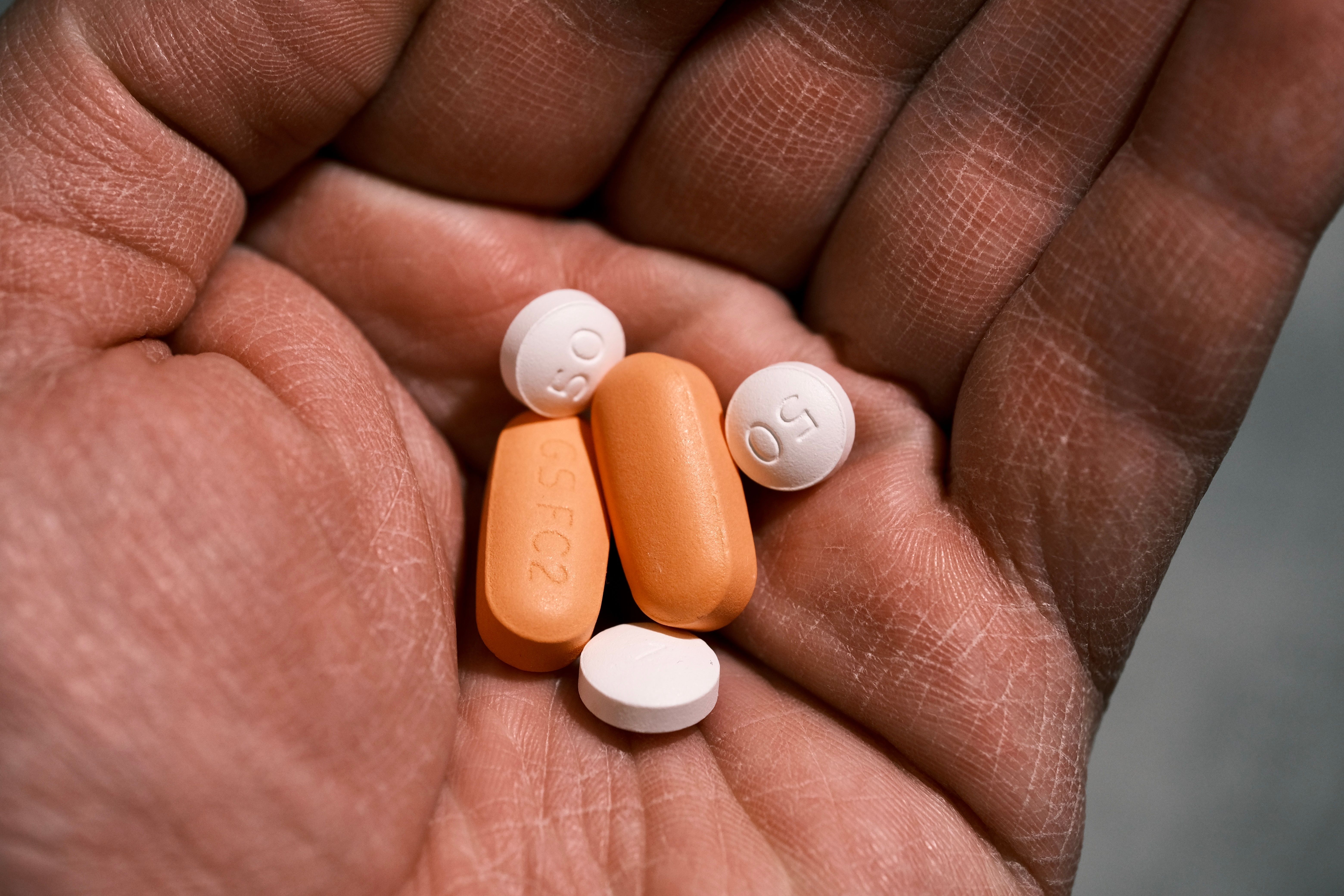Article
The Past, Present, and Future of HIV Funding
Author(s):
A Kaiser Family Foundation web briefing navigated the HIV/AIDS funding landscape, taking a look at trends over time, the latest data, and what we might expect in the future.
A Kaiser Family Foundation web briefing navigated the HIV/AIDS funding landscape, taking a look at trends over time, the latest data, and what we might expect in the future.
When analyzing federal funding by the US government for HIV both home and abroad since the first AIDS cases were identified in 1981, “you notice a very dramatic, steep rise at different points, and generally a rise over time,” said Jen Kates, vice president, director of global health and HIV policy, Kaiser Family Foundation.
The trend can be attributed to a couple of factors, said Kates. While the political well plays a role, there are 2 factors that really account for the rise in spending: the increasing number of people living with HIV in the US, which has led to increasing expenditures on care and treatment; the other is the increasing recognition of the importance of combatting the global epidemic.
The current federal budget for HIV funding is $32.9 billion. Accounting for the largest proportion of the total cost is care and treatment (60%); global funding accounts for 20%, cash and housing assistance accounts for 9%, research accounts for 8%, and prevention accounts for 3%.
“This breakdown has changed over time,” said Kates. “If I showed you 1981, all of the money was spent on research because there were no treatments and there was little to no effort on prevention in the very beginning.”
In a domestic context, much of the funding growth has been driven by mandatory programs, the federal programs (such as Medicaid and Medicare) that the government is obligated to provide to deliver services to eligible populations. Discretionary programs are those subject to congressional appropriation, such as Ryan White, CDC, and the National Institutes of Health. Early in the epidemic, funding was discretionary-heavy, but over time, mandatory spending has made up an increasing share of the HIV budget, said Dawson.
The global HIV budget accounts for approximately 20% of US HIV funding, but unlike domestic spending, the global HIV budget is entirely discretionary; it needs to be approved by Congress on an annual basis, said Adam Wexler, associate director of global health and HIV policy, Kaiser Family Foundation.
“The US has been providing funding for global HIV activities for over 30 years,” said Wexler. “The first funding was provided in 1986, after which for the subsequent 15 years, funding grows slowly before increasing dramatically following the creation of the Global Fund as well as the President’s Emergency Plan for AIDS Relief, both of which brought renewed attention and resources to fight the epidemic.”
Since 2010, funding has remained relatively flat. When adjusted for inflation, funding has actually been on a downward trajectory since 2010. It’s important to remember that all of this is occurring while the number in need continues to grow, said Wexler. The FY18 budget request includes a $1.2 billion cut.
In regard to philanthropic funding, in 2016, the United States saw $680 million in disbursements from 392 funders in 15 different countries going to 3600 grantees worldwide in just over 7000 grants. Funding in 2016 reached almost $680 million (a new high), representing a third consecutive year of growth, according to Caterina Gironda, research and communications associate, Funders Concerned About AIDS (FCAA).
The top 20 donors made up 87% of all HIV/AIDS funding, and the top funded intended-use category was research.
According to Mitchell Warren, executive director, AVAC, we need more diversity of funding: “We don’t have enough of it internationally or domestically,” said Warren. “We are heavily leveraged on a couple of donors. We need not only more money but more diverse resources; we can’t have a sustainable response without it.”
However, it’s not just about how much money is spent, said Warren, but also what it is spent on, because there is not one element of AIDS response we can do without.
“We cannot do great work in treatment and ignore human rights; we cannot do great work in prevention and ignore treatment; we cannot do great advances in research and development and ignore treatment and prevention,” said Warren.





